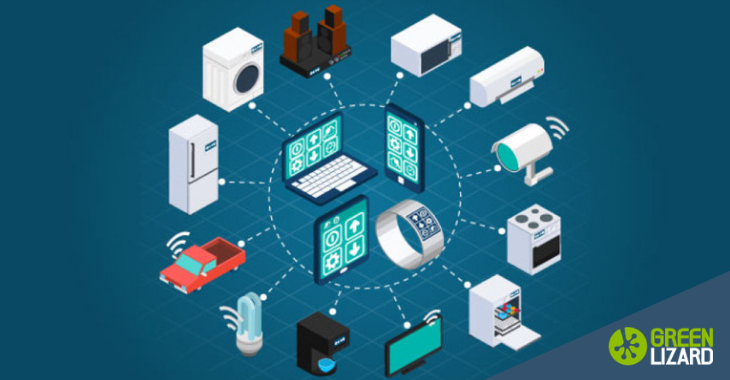It's a scenario in which objects, animals or people are provided with unique identifiers and the ability to transfer data over a network without requiring human-to-human or human-to-computer interaction.
IoT has evolved from the convergence of wireless technologies, micro-electromechanical systems (MEMS) and the Internet.
Kevin Ashton, cofounder and executive director of the Auto-ID Center at MIT, first mentioned the Internet of Things in a presentation he made to Procter & Gamble.
Here’s how Ashton explains the potential of the Internet of Things:
Today computers -- and, therefore, the Internet -- are almost wholly dependent on human beings for information. Nearly all of the roughly 50 petabytes (a petabyte is 1,024 terabytes) of data available on the Internet were first captured and created by human beings by typing, pressing a record button, taking a digital picture or scanning a bar code.
The problem is, people have limited time, attention and accuracy -- all of which means they are not very good at capturing data about things in the real world. If we had computers that knew everything there was to know about things -- using data they gathered without any help from us -- we would be able to track and count everything and greatly reduce waste, loss and cost. We would know when things needed replacing, repairing or recalling and whether they were fresh or past their best.


